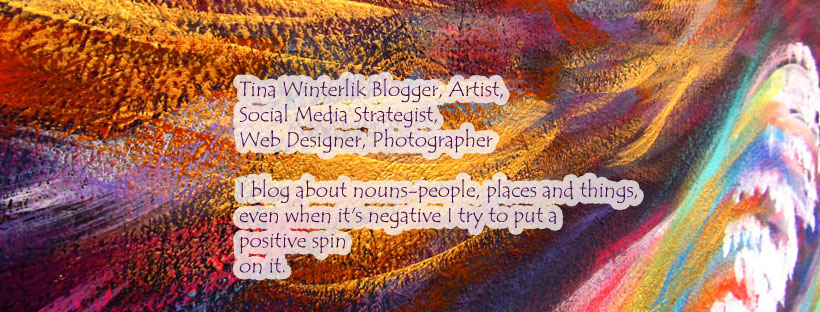Remembering the Occupy Movement: When the Whole World Was Watching
More than a decade ago, a wave of protests swept across the world under the banner of the Occupy Movement. Sparked by frustration with corporate greed, political corruption, and economic inequality, Occupy Wall Street (OWS) began in New York City in September 2011 and quickly spread across the globe. It was a defining moment in modern activism—one that many young people today might not fully remember, but one that shaped the world we live in now.
How It Started: Wall Street and the 1%
The financial crisis of 2008 devastated millions of people. While regular workers lost jobs, homes, and savings, the banks that caused the crisis were bailed out by the government with billions in taxpayer money. Meanwhile, Wall Street executives continued making obscene profits. People were angry.
On September 17, 2011, thousands of protesters gathered in Zuccotti Park in New York City's financial district, inspired by a call from the magazine Adbusters to “Occupy Wall Street.” Their demand was simple: an end to corporate influence over democracy and a fairer economic system. They coined the now-famous phrase:
“We are the 99%.”
The movement was leaderless by design, relying on direct democracy and consensus-based decision-making. Protesters set up tents, held daily assemblies, and created a small self-sustaining community in the park. They brought attention to the massive wealth gap, the corrupt banking system, and the broken political process that prioritized corporations over people.
The March Across the Brooklyn Bridge: ‘The Whole World Is Watching’
One of the most defining moments of the Occupy Movement came on October 1, 2011, when thousands of protesters marched across the Brooklyn Bridge. What started as a peaceful march quickly turned into chaos when police began arresting hundreds of demonstrators.
Videos of police kettling and arresting over 700 protesters flooded the internet. The chant "The whole world is watching!" rang through the crowd as police dragged people away. It was a pivotal moment—the violent response only made the movement stronger.
Media outlets that had initially ignored Occupy Wall Street now had to pay attention. Footage of police brutality, including officers pepper-spraying peaceful demonstrators, spread online, fueling outrage and inspiring protests worldwide.
Occupy Spreads Across the Globe
Occupy wasn’t just about Wall Street. By October 15, 2011, protests had spread to 951 cities in 82 countries. In Canada, there was Occupy Vancouver, Occupy Toronto, and Occupy Montreal. In Europe, people flooded the streets, linking their protests to the austerity measures being imposed on countries after the financial crash.
Each protest adapted the movement to its local struggles:
- Occupy Oakland led to a massive general strike.
- Occupy London camped outside St. Paul’s Cathedral, challenging the financial power of the City of London.
- Occupy Spain connected with the Indignados Movement, which had already been protesting economic injustice.
Occupy became more than a protest—it became a global awakening. It showed people that economic inequality wasn’t just an American problem—it was a system-wide issue affecting the entire planet.
What Happened to Occupy?
By the end of 2011 and early 2012, authorities across the U.S. and other countries cracked down hard on Occupy encampments. In many cases, militarized police forces were used to clear out protesters. But even after the tents were gone, the movement’s influence remained.
Occupy changed the political conversation in ways that are still felt today:
- It made wealth inequality a mainstream issue. Before Occupy, few politicians talked about the 1% versus the 99%. Today, discussions about the billionaire class, fair taxation, and corporate greed are common.
- It influenced later movements. The tactics and ideas of Occupy inspired movements like Black Lives Matter, climate protests, and even Bernie Sanders’ political campaigns.
- It proved that people power works. While the movement didn’t achieve all its goals, it showed that grassroots activism can challenge power and shape public discourse.
Why Occupy Still Matters Today
Many of the issues that Occupy protested—corporate control of politics, income inequality, police violence—are still with us today. If anything, they’ve gotten worse. The richest 1% now owns more wealth than ever before, and corporations have even greater influence over governments.
But if the Occupy Movement taught us anything, it’s that change doesn’t happen unless people demand it. The moment we stop fighting is the moment they win.
As economic inequality deepens, as billionaires hoard wealth while people struggle to survive, and as corporations and corrupt politicians try to silence dissent, we must remember the spirit of Occupy.
Because when we stand together, they can’t ignore us.
Because when we demand justice, we remind them:
The whole world is watching.

No comments:
Post a Comment